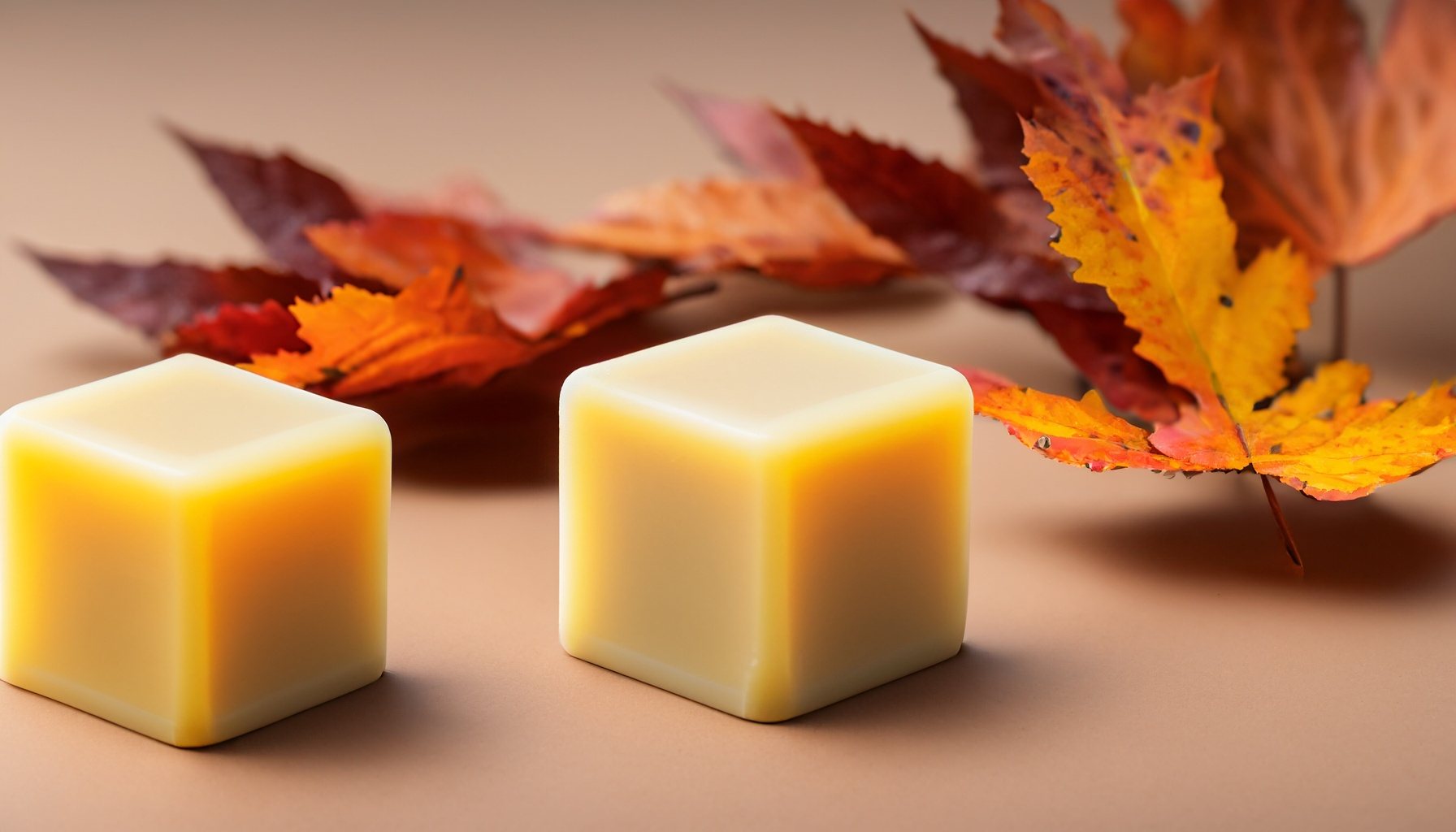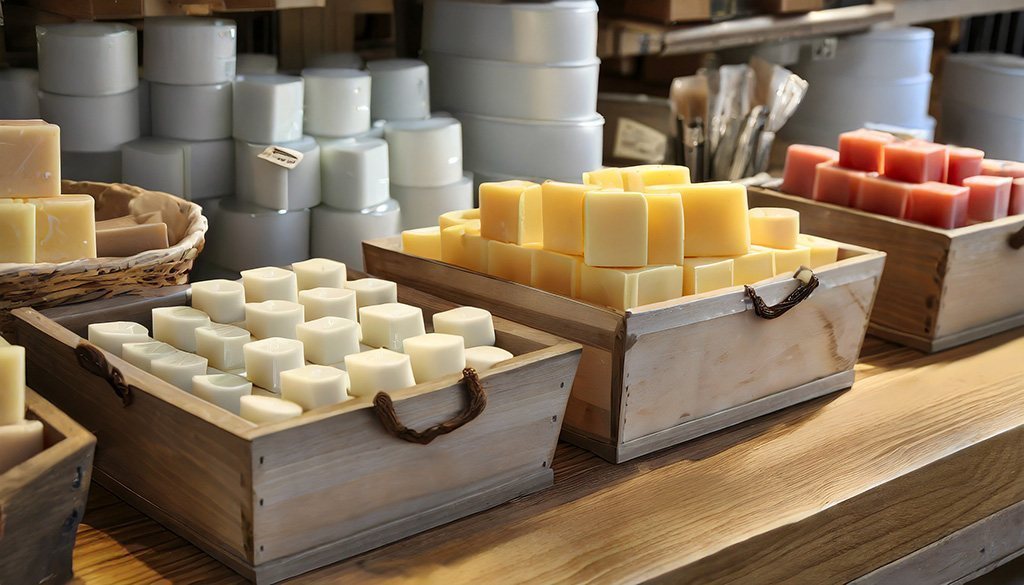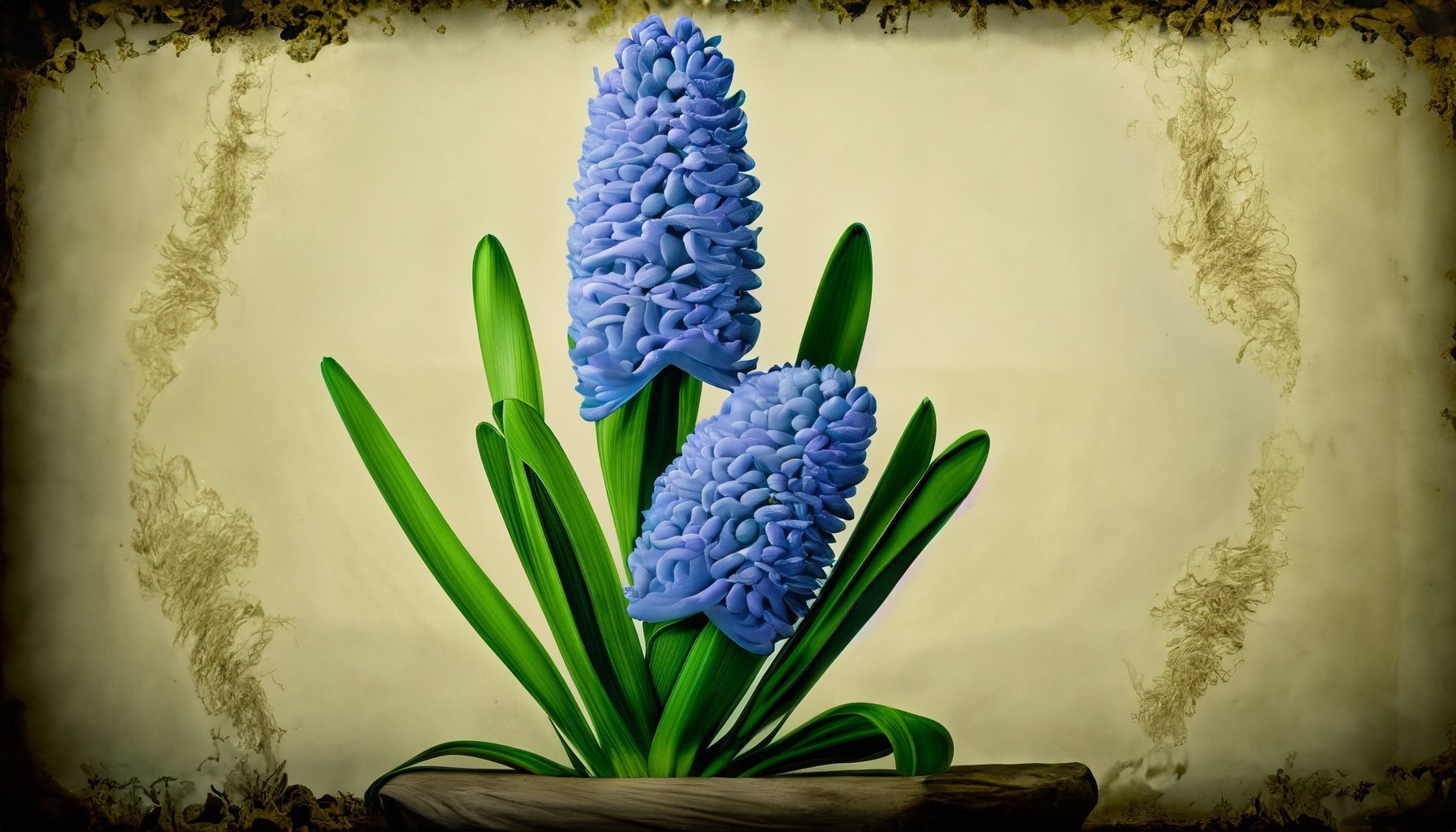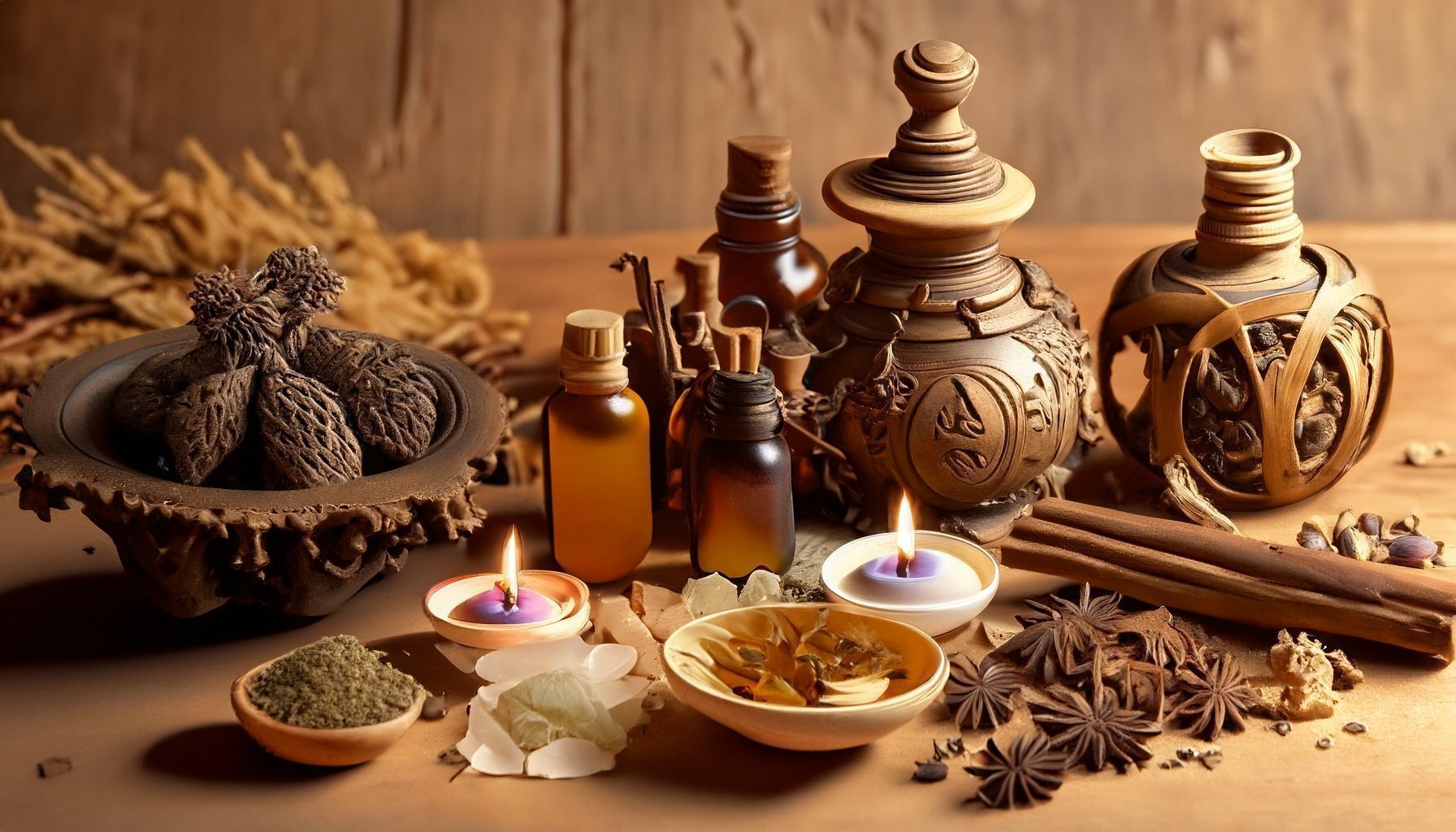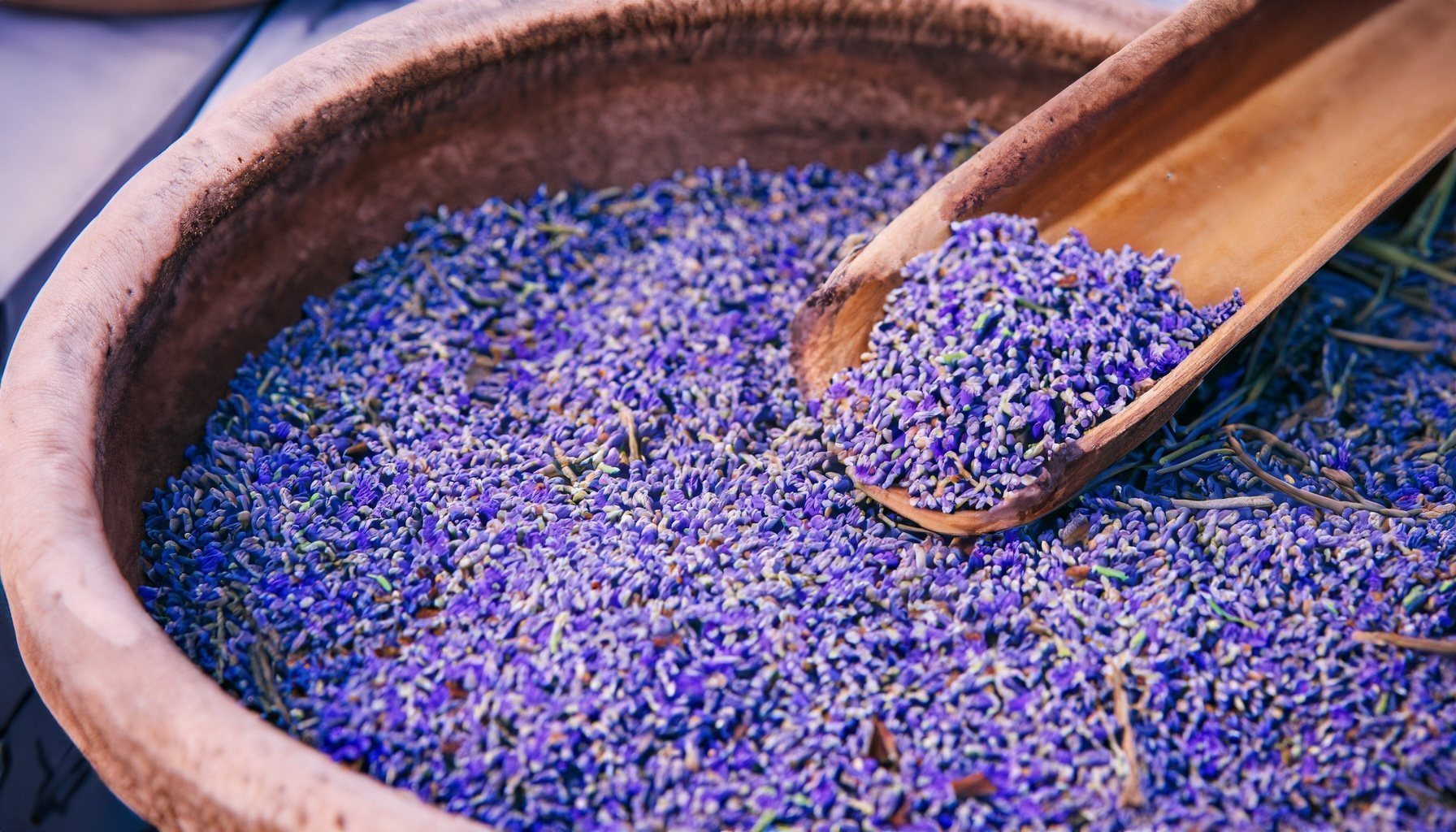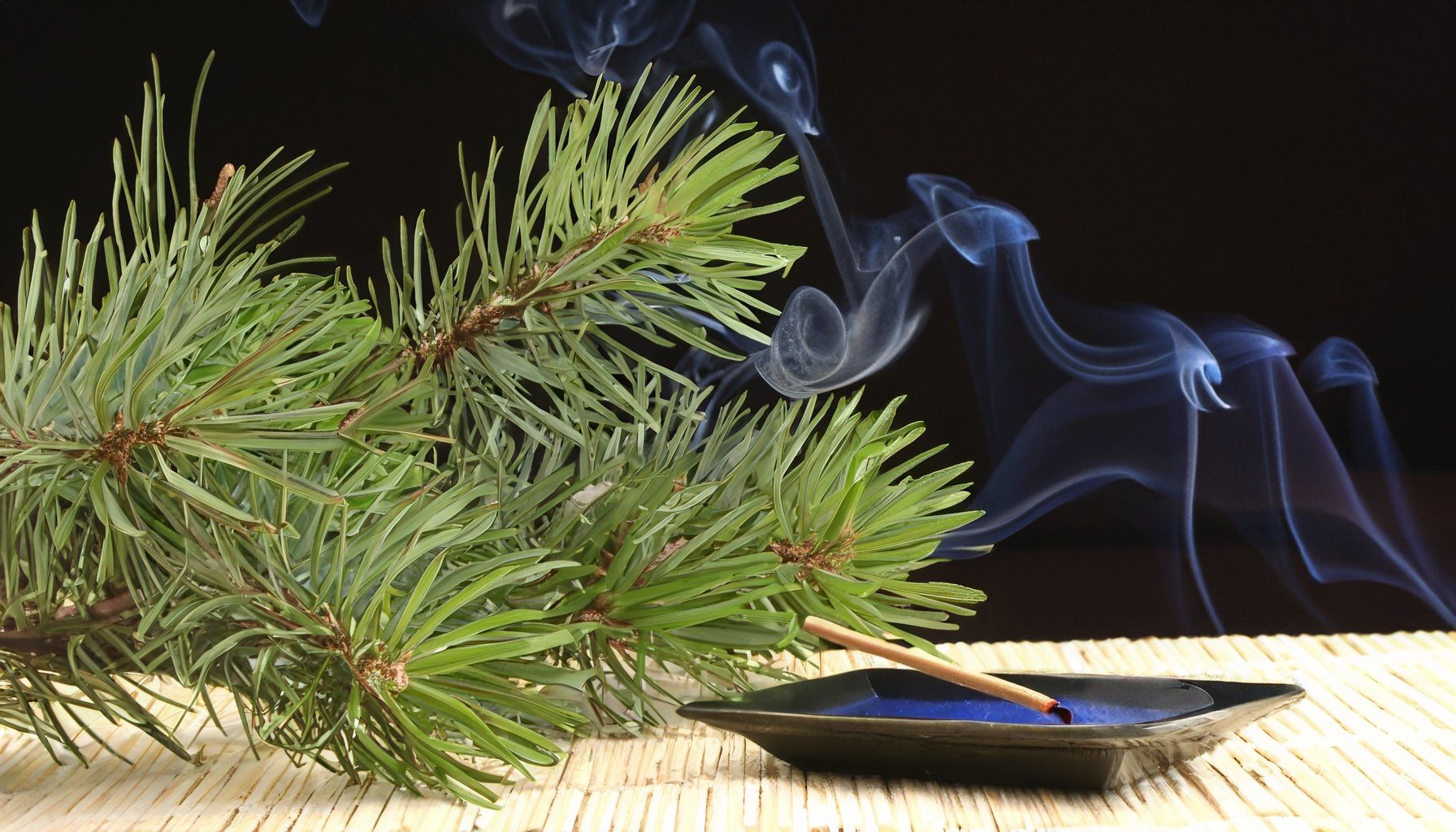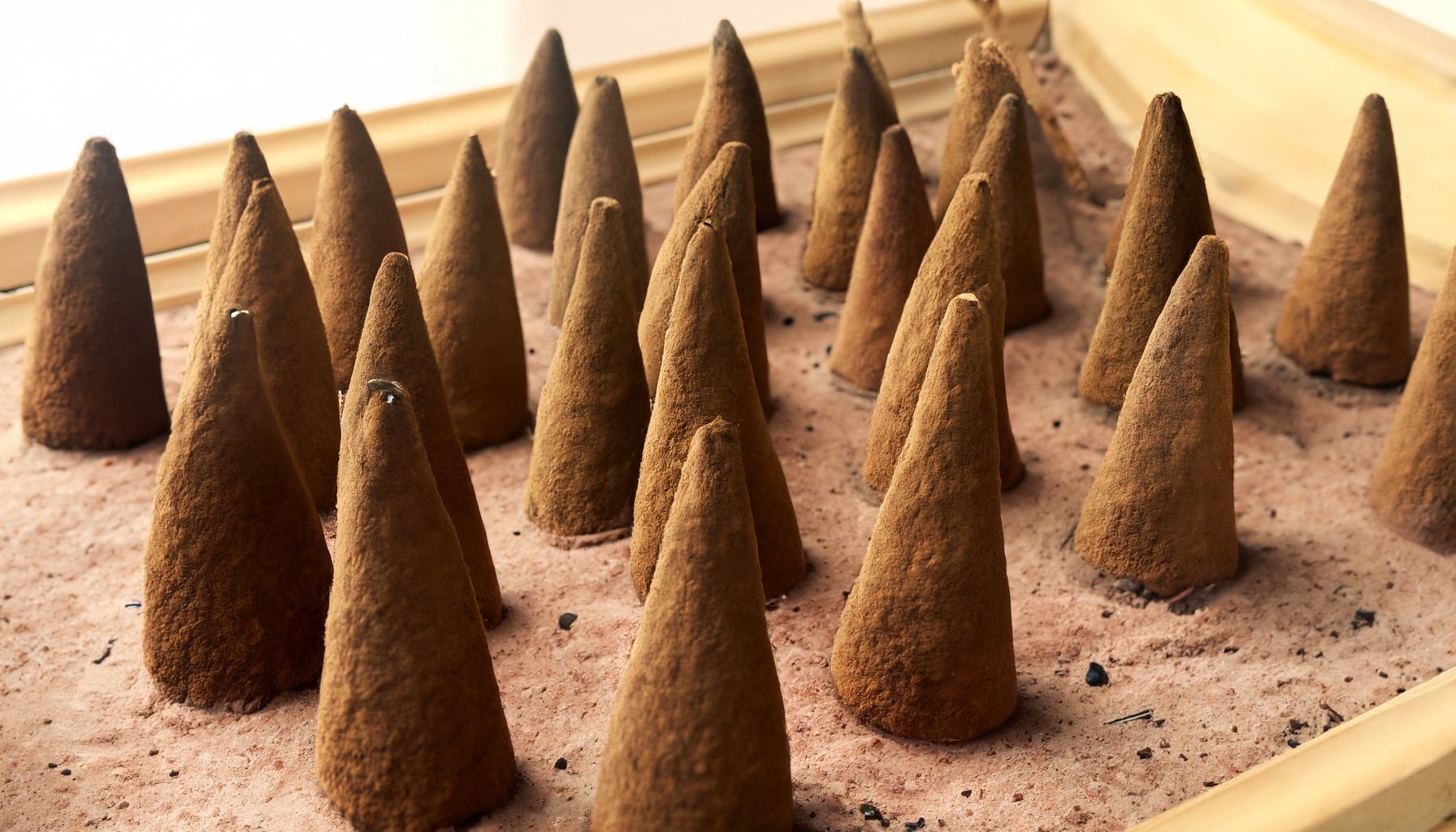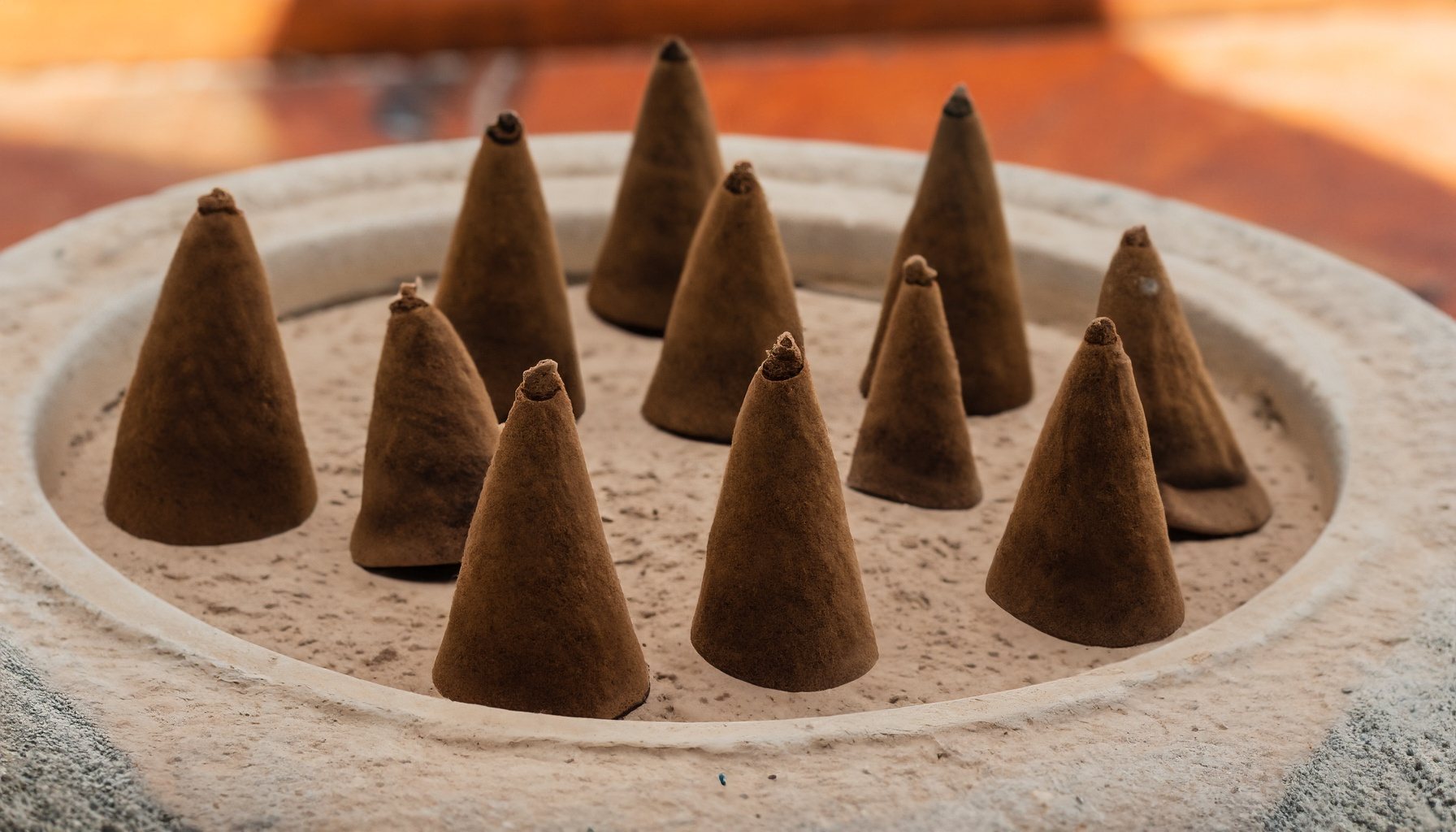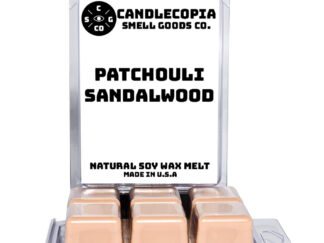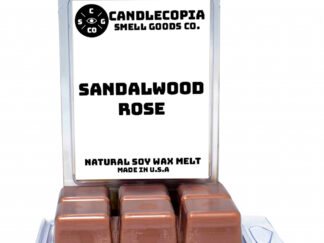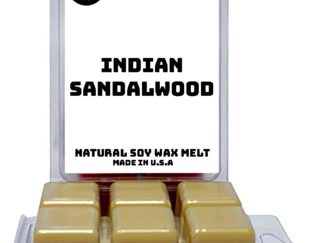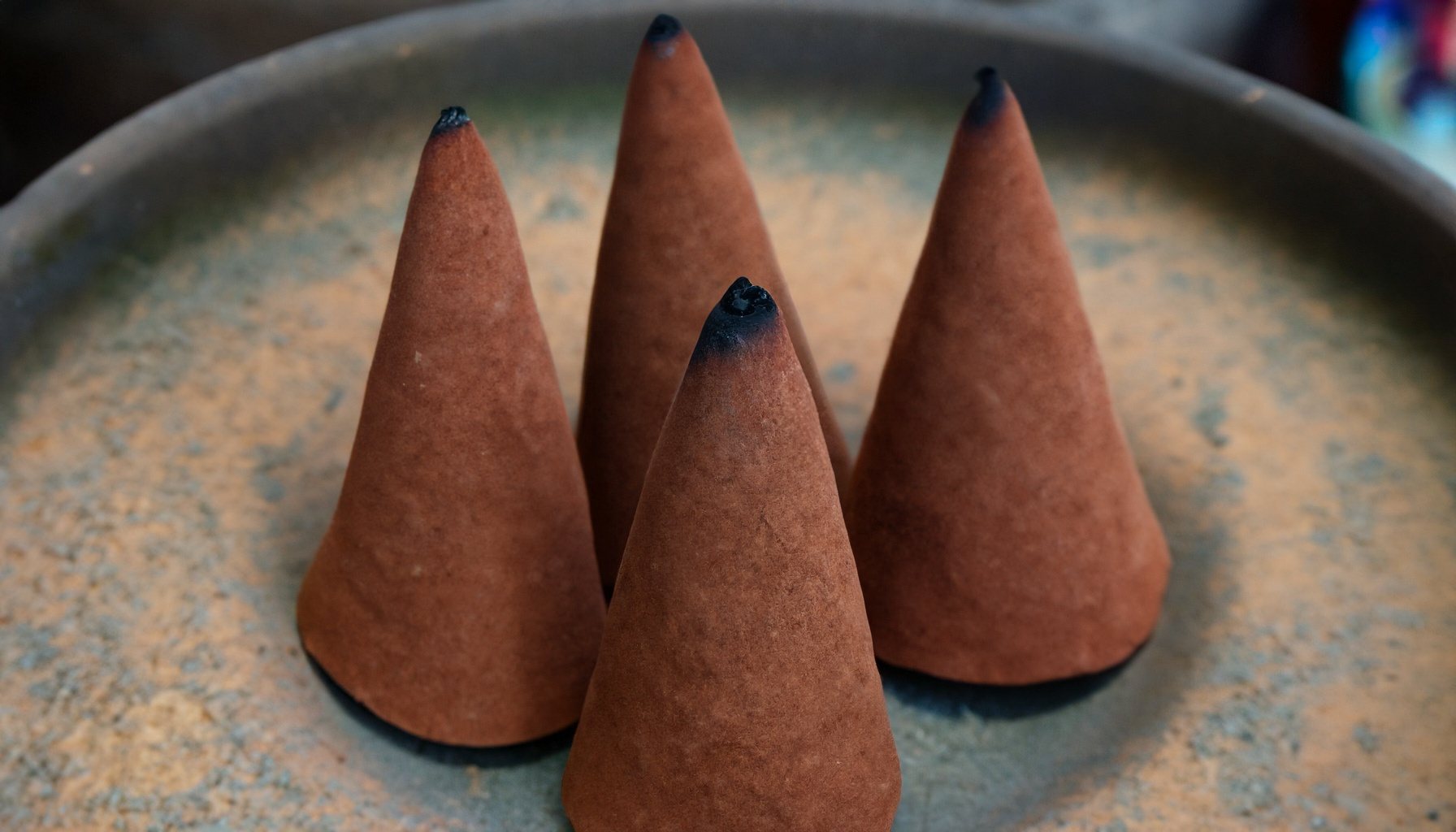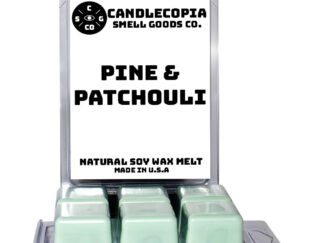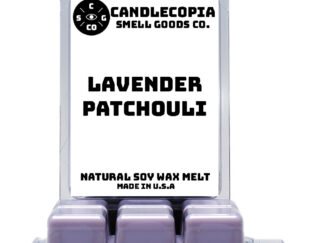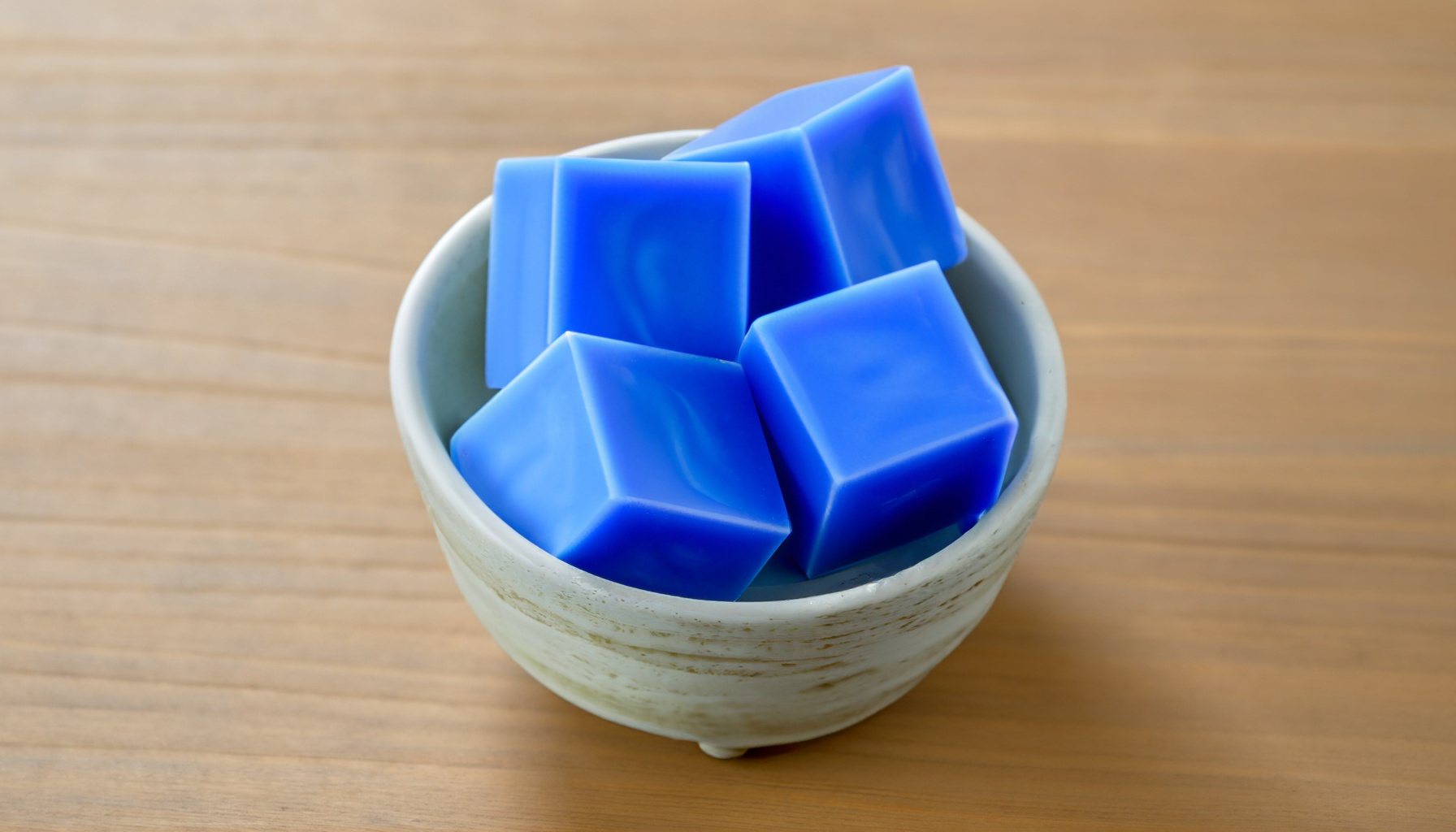
Wax Melts Frequently Asked Questions
Whether you are new to the aromatic world of wax melts or a seasoned enthusiast looking to gather more information, you’ve come to the right place. In the following sections, we will explore everything from the basics of what wax melts are, how to use them, their benefits, safety precautions, and much more.
Wax melts have become increasingly popular for their ease of use, safety features, and the ability to mix and match a variety of fragrances to create a customized aroma experience. Their flameless nature makes them a preferred choice for many who seek to imbue their spaces with delightful fragrances without the need for an open flame.
Without further ado, let’s dive into the most frequently asked questions about wax melts, and unravel the intricacies of these fragrant wonders that promise to transform your living space into a haven of delightful aromas!
Wax melts are scented pieces of wax without a wick. They are melted in a warmer or burner to release their fragrance, providing a similar experience to lighting a scented candle but without an open flame.
Place a wax melt in the top of a wax warmer, and turn the warmer on. The heat will melt the wax, releasing the fragrance into the air. Always follow the manufacturer’s instructions on both the melts and the warmers to ensure safe and effective use. See also: Wax Melts: How to Use – A Step-by-Step Guide
Wax melts and candles have their pros and cons. Wax melts are flameless, which can be a safer option, especially in households with pets or children. However, candles can offer a more traditional and aesthetic appeal. The choice between the two often depends on personal preference. See also: Wax Melts vs Candles
One or two wax melt cubes are often sufficient to fill your space with a captivating aroma.
Yes, there are various wax melts made from natural ingredients, including soy wax melts. These are a great alternative for those looking to avoid paraffin wax and prefer natural options. See also: Are Soy Wax Melts Better?
Yes, you can reuse wax melts until the fragrance is gone. Once the scent has dissipated, simply let the wax harden, remove it from the warmer, and replace it with a new wax melt.
The longevity of wax melts depends on their size, type, and the warmer’s temperature. Typically, they can last anywhere from 5 to 20 hours. See also: Wax Melts: How Long Does It Last?
Generally, wax melts are safe when used according to the manufacturer’s instructions. However, it’s essential to keep them out of reach of children and pets, and away from flammable objects.
Yes, many people mix different wax melt fragrances to create their unique scent combinations. Ensure you don’t overload the wax melt warmer; always adhere to the manufacturer’s recommended quantity.
Turn off the warmer and let the wax harden. Once it’s solid, you can usually pop it out or scrape it out with a spatula or similar tool. Wipe the warmer with a clean, dry cloth to remove any remaining wax residue. See also: Wax Melts: How to Clean – A Step-by-Step Guide to Fresh Beginnings
Prices vary, but as a ballpark wax melts can cost from $3 to $6 dollars per tart. In many case, a tart has about 6 cubes.
Safety Tips
Always remember to turn off your wax melt warmer when not in use and never leave it unattended when on. Follow all manufacturer guidelines to ensure you’re using both the wax melts and the warmers safely.

